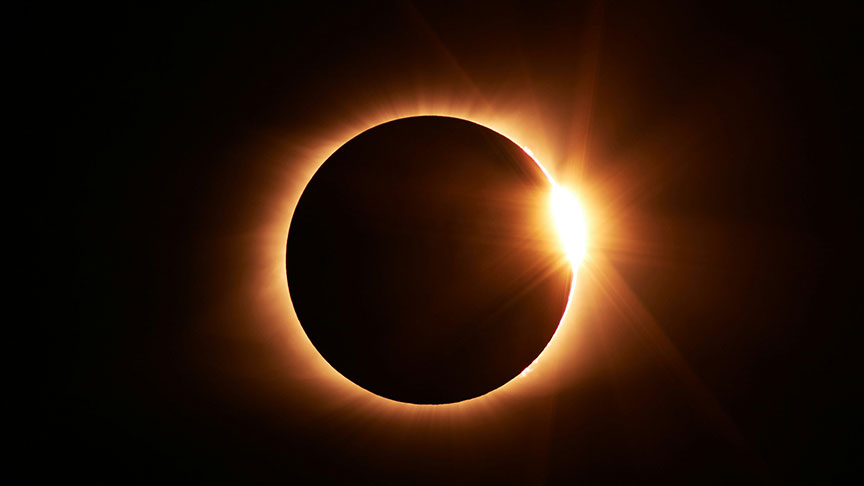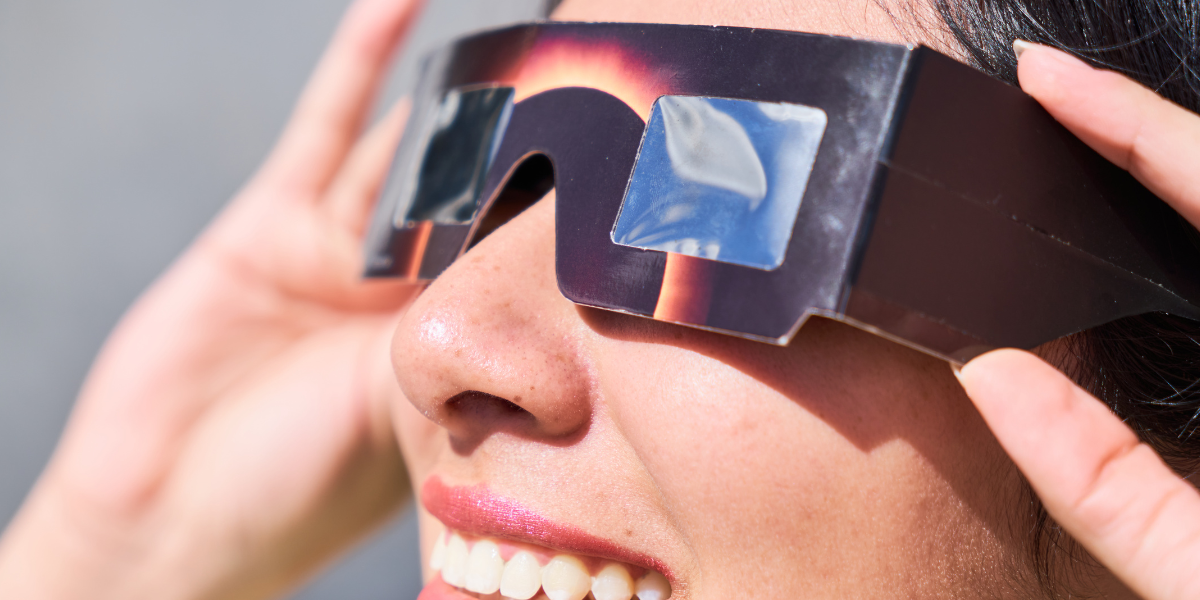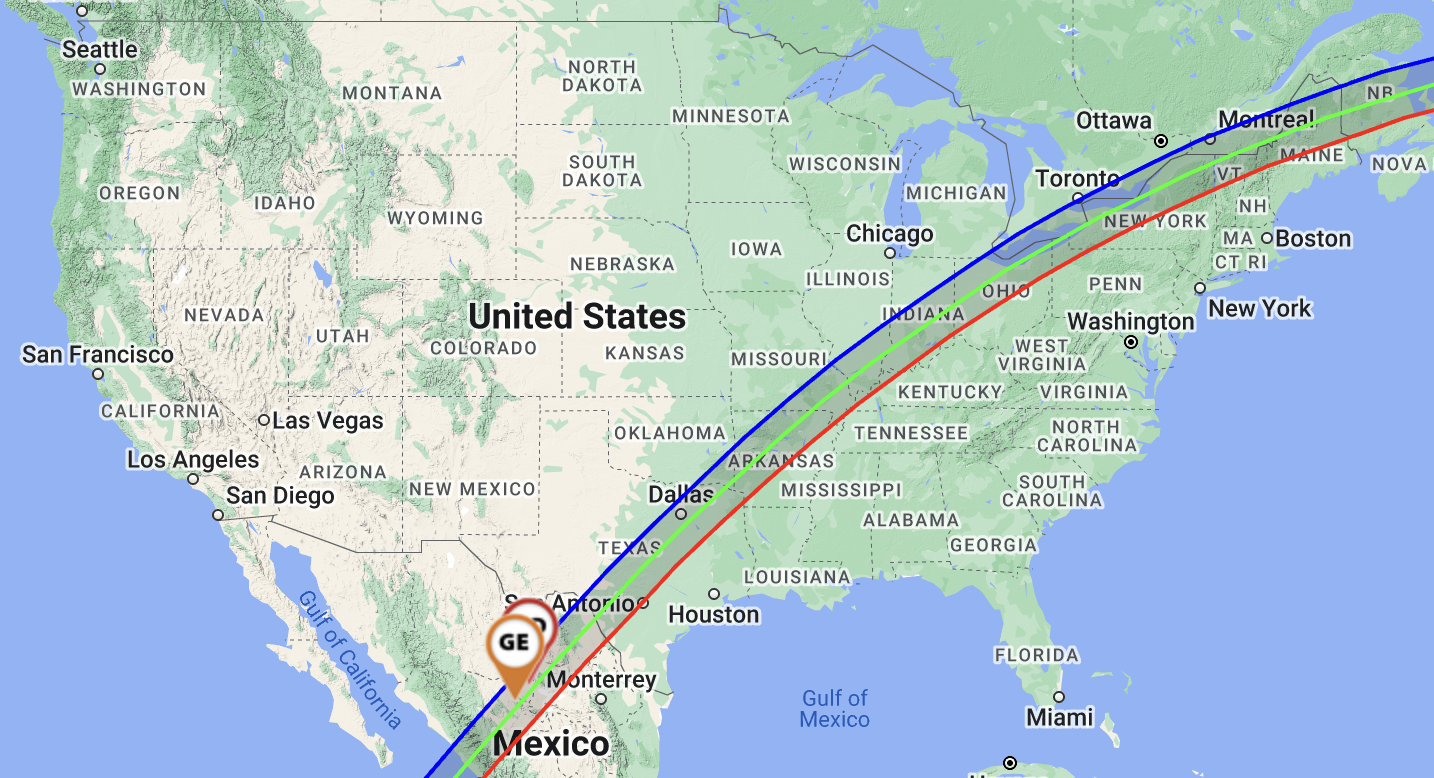
The eclipse begins its path in Mexico and then crosses into the United States, starting in Texas. From there, it travels through Oklahoma, Arkansas, Missouri, Illinois, Kentucky, Indiana, Ohio, Pennsylvania, New York, Vermont, New Hampshire, and finally Maine.
Even parts of Tennessee and Michigan will get to experience this event! So, whether you are in a bustling city or a peaceful countryside, gather your friends and family to witness the wonder of nature together. Watching a solar eclipse can be an awe-inspiring experience, but it is crucial to do so safely to protect your eyes and fully enjoy the event. Here are some tips for safely watching a solar eclipse:
Use Proper Eye Protection
The cardinal rule of eclipse watching is never to look directly at the sun. Even during an eclipse, the sun has intense rays that can cause permanent eye damage. Invest in certified eclipse glasses or solar viewers that meet the ISO 12312-2 safety standard to shield your eyes from harm.

Inspect Your Equipment
Before using your eclipse glasses or solar viewers, carefully inspect them for any signs of damage, such as scratches or holes. If you spot any defects, it is crucial to discard them and find a replacement to ensure your safety.
Consider a Pinhole Projector
If you prefer an indirect viewing method, consider creating a pinhole projector. This simple yet effective device projects the image of the eclipse onto a surface, allowing you to witness the event without looking directly at the sun.
Choose a Safe Viewing Location
Select a viewing location with clear skies and minimal obstructions, such as tall buildings or trees. Additionally, be mindful of your surroundings and avoid areas with heavy traffic to ensure a safe and comfortable viewing experience.
Check the Weather Forecast
Keep an eye on the weather forecast leading up to the eclipse to ensure clear skies for optimal viewing conditions. Cloud cover can obstruct your view of the eclipse, so plan accordingly and choose a location with a favorable outlook.
Find the Best Time to See the Eclipse
Timing is crucial when it comes to witnessing a solar eclipse. To maximize your viewing experience, it is important to determine the best time to see the eclipse in your location. Fortunately, there are various resources available to help you pinpoint the precise moment when the moon will completely or partially obscure the sun. Websites, apps, and astronomical organizations often provide detailed eclipse maps and schedules, allowing you to plan your viewing down to the minute.

Credit: National Solar Observatory, AURA and National Science Foundation. Using NASA eclipse path data generated by Fred Espenak, Besselian Elements for April 8, 2024 total solar eclipse. Specific eclipse data from the US Naval Observatory of Astronomical Applications Department.
Have fun and Enjoy the Experience
Above all, take the time to appreciate the solar eclipse and the wonder of the natural world. Whether you are witnessing your first eclipse or you are a seasoned enthusiast, allow yourself to be captivated by the magic of this celestial event.
